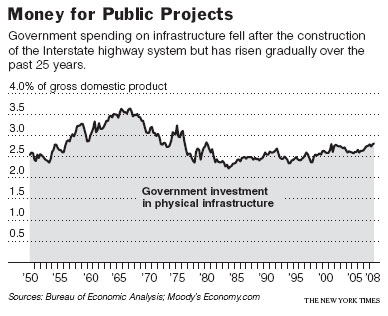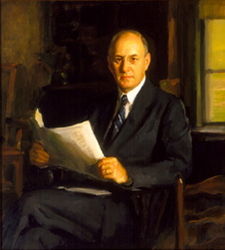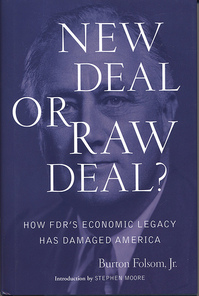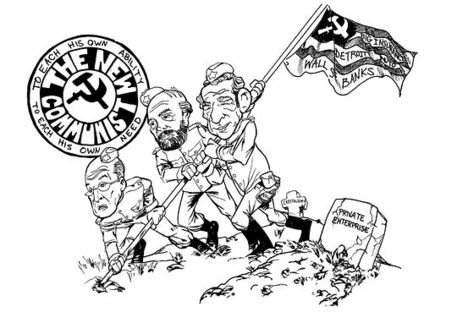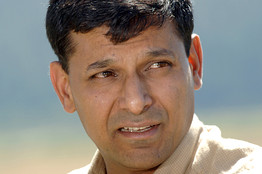Irving Fisher is widely viewed as one of the handful ot top United States economists of the 1920s and 1930s. In addition, he focused on topics that today are considered part of macroeconomics. His not forecasting the economic downturn can be given different interpretations. Some, such as Taleb, would attribute it in part to fundamental uncertainty. Until recently, many economists would have said that Fisher still had a lot to learn, but we are now know more than him.
That may be true, but we still have a lot to learn.
(p. 5) IRRATIONAL exuberance? As the nation entered recession in the summer of 1929, there were still plenty of economists, business leaders and politicians who looked to the future with optimism. And why not? The Dow Jones industrial average was soaring. Then the stock market bubble burst on Oct. 24, which led to several days of panicked selling — an opening bell for the worldwide economic collapse that soon followed. Here’s what some leading politicians, economists and business leaders had to say in the months before and after the crash. Sound familiar?
. . .
Irving Fisher, professor of economics at Yale University, in The New York Times, Sept. 6, 1929. He ended up losing much of his wealth in the crash:
“There may be a recession in stock prices, but not anything in the nature of a crash.”
. . .
The Harvard Economic Society, November 1929:
“A severe depression like that of 1920-21 is outside the range of probability. We are not facing protracted liquidation.”
For the full story, see:
“Word For Word; I’m Having a Flashback; A Storm Unforeseen, Always About to Pass.” The New York Times, Week in Review Section (Sun., October 11, 2008): 5.
(Note: no author is listed.)
(Note: ellipses added.)

